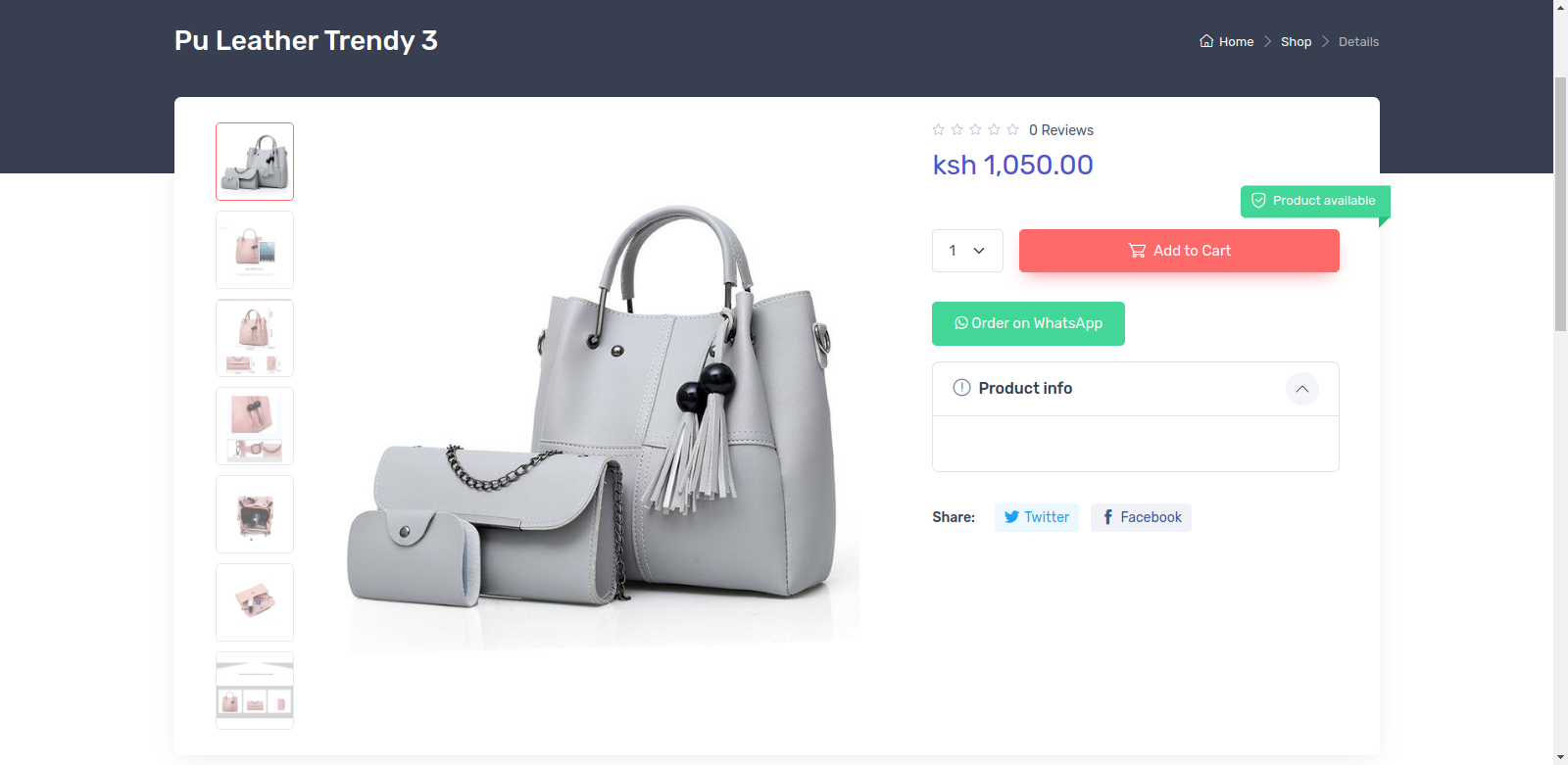Handbags and purses are essential accessories that elevate any outfit. With the handbag market experiencing exponential growth, now is a great time to invest in this business and create a unique shopping experience for your customers.
However, the competition in this industry is fierce, and many sellers struggle to boost their business growth due to a lack of knowledge on how to sell purses and handbags online. Finding the right strategies can be time-consuming.
To help you navigate this market without hassle, we’ve created a detailed guide on how to sell purses and handbags online. Here are some steps to get you started:
1. Choose a Niche
The global handbag market is projected to grow to USD 78.46 billion by 2028, with a CAGR of 6.7%. Starting a handbag business offers numerous possibilities because handbags come in various styles, shapes, and sizes. Focusing on a specific niche can help you attract your target market and grow your business.
Instead of trying to sell all types of handbags and purses, narrow down your choices based on market demand, your business goals, and your target audience. Here are some niche options to consider:
- Designer handbags
- Travel handbags
- Clutches
- Evening purses
- Eco-friendly handbags
- Lightweight wallets for men
Before making a choice, conduct market research and analyze trends. Use tools like Google Keyword Planner or UberSuggest to gain insights into what people are searching for. Choose a niche that interests you, has fewer competitors, and has earning potential.
2. Create a Brand
Building a strong brand is crucial for enhancing customer relationships and boosting your business growth. Follow these steps to develop your brand:
- Identify your target audience and competitors.
- Establish your brand’s tone and personality (e.g., humorous or luxury).
- Choose an easy-to-pronounce and memorable business name.
- Create a logo and select colors and fonts that reflect your brand personality.
- Write a tagline that describes your brand or its values.
If you have the budget, consider hiring a small agency or freelancers to help create a professional brand image.
3. Select a Platform to Sell Your Products
Choosing the right platform to sell your products is critical. You can sell on social media platforms or eCommerce platforms.
Social Media Platforms: Instagram and Facebook are popular choices for starting an online business. However, you will need a solid content strategy to reach the right audience and increase awareness.
eCommerce Platforms: While marketplaces like Alibaba, Jumia, and Kilimall offer access to a global audience, they can be challenging due to constant price wars. Creating a personalized online store gives you more control over your business and helps you maintain your brand positioning.
4. Excel in Photography and Product Descriptions
High-quality photography and detailed product descriptions can set your brand apart. Ensure that your product images cover all details and are visually appealing. If possible, hire a professional photographer. For descriptions, focus on the fabric, size, features, and other details, using the right keywords to improve SEO.
5. Keep Fair Pricing
Pricing can make or break your brand. Consider market prices, operational costs, raw materials, labor costs, and your time invested to price your products fairly. Avoid setting prices too high or too low.
Here are some pricing strategies:
- Keystone pricing: Set the selling price at twice the wholesale cost.
- Follow prices suggested by your wholesalers or retailers.
- Match your competitors’ pricing after analyzing their strategy.
6. Create an Online Store
Creating an online store or eCommerce website gives you more control over your business. Platforms like WinguStore allow you to create a beautiful and functional online store without any coding knowledge. WinguStore offers features like custom domains, Payment integration, customized themes, and more.
7. Focus on Packaging and Shipping
Quality packaging and smooth shipping processes enhance customer satisfaction and build positive brand perception. Ensure that your packaging is attractive and that you have reliable shipping partners to deliver products promptly.
8. Market Your Brand
Marketing is essential for attracting and retaining customers. Use social media platforms, SEO, and paid ads to increase your brand’s visibility and reach. Create a robust content strategy and run targeted ads to drive traffic and boost conversions.
Social Media: Use platforms like Instagram and Facebook to market your handbags. Develop a content strategy that includes discounts, offers, and giveaways to boost engagement.
SEO: Implement an SEO strategy to improve your online store’s visibility on search engines.
Paid Ads: Run targeted ads on Facebook, Instagram, and Google to reach your desired audience and drive more traffic to your website.
To Wrap Up
The handbag industry is highly competitive, but with the right knowledge and strategies, you can successfully navigate this market. From choosing a niche to marketing your products, this guide covers everything you need to start and grow your handbag business. Execute these learnings to build your dream business and achieve success in the online handbag market.

